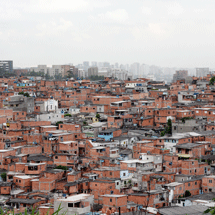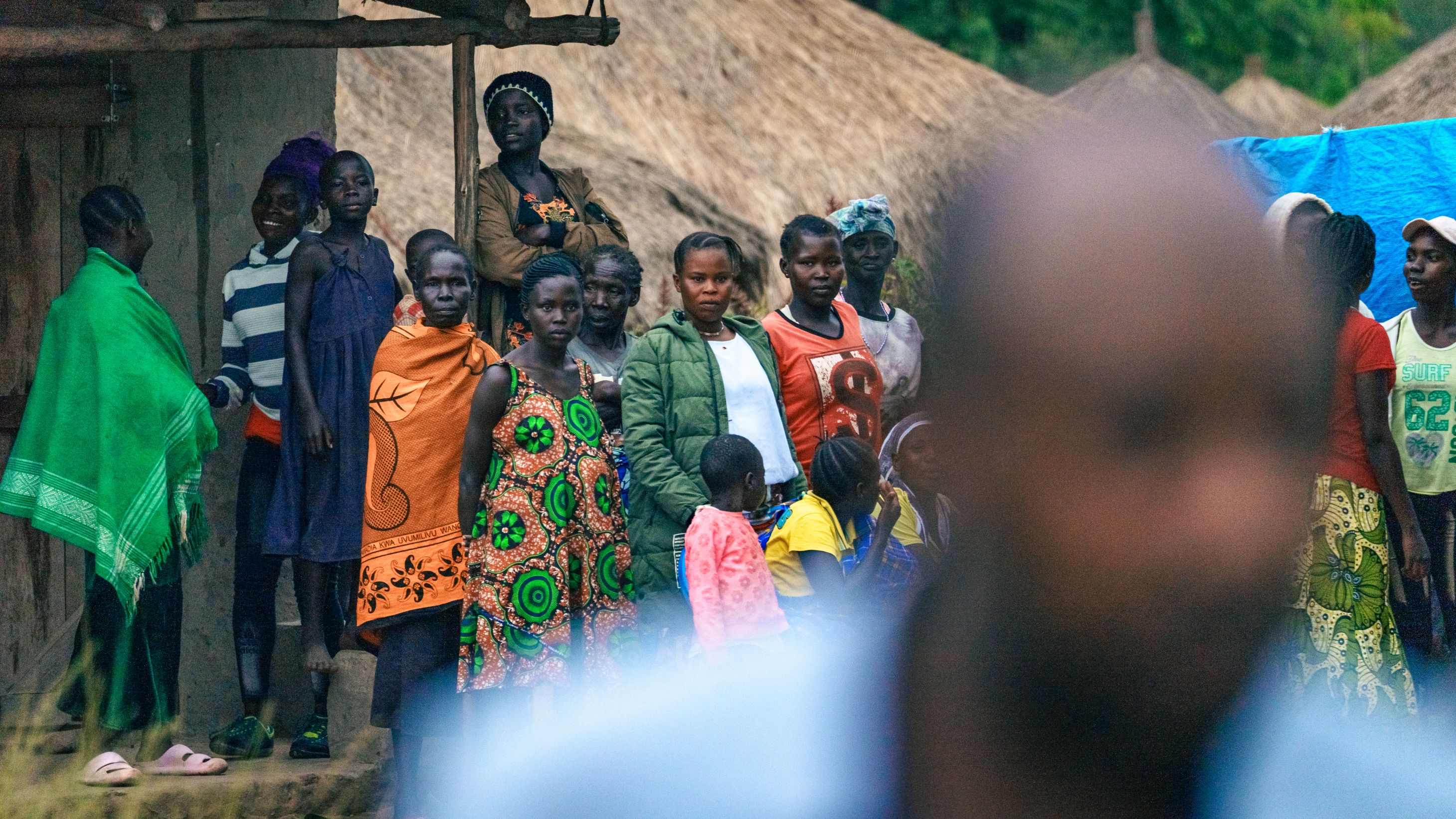
|
| Peri-urban areas require new approaches to urban space and are a tremendous opportunity for south-south learning. Photo: Cities Alliance |
[16 May 2012] – Peri-urban spaces are some of the fastest growing areas in the Global South and urgently require new types of interventions, particularly ones that target governance, financing and inclusive planning that benefits the poor.
There are also tremendous opportunities for cities and countries dealing with peri-urban development to learn from each other.
These were the key messages of a workshop on “Getting Past Megacities: How Peri-Urban Has Become the New City Centre” held yesterday at the Woodrow Wilson Center in Washington.
While the issue of managing growth in peri-urban spaces is not a new one, the rapid growth of informal settlements in these areas has given the issue a new urgency. Most new forms of peri-urban development is informal, and much of the growth is taking place around smaller, secondary cities that are ill equipped to accommodate it.
Panelists at the event highlighted the challenges that cities and countries face in dealing with peri-urban areas, including murky governance in which there is no clear authority; overstretched municipalities that don’t have the capacity to plan for, or provide services to, these areas; complex land ownership structures; and a lack of access to tools for financing. The discussion was moderated by Caroline Wanjiku Kihato of Urban LandMark.
"We need to question our assumptions"
Daniel Inkoom of the Kwame Nkrumah University of Science and Technology in Ghana – a key partner in the Cities Alliance Ghana Country Programme – noted that peri-urban areas are often the site of conflicts over issues such as land ownership, contested demarcation, undeveloped land, and disputes between the private and public sectors. He called for discourse on the potential of peri-urban areas that focuses on minimising conflicts.
Inkoom also stressed that because the development of peri-urban areas challenges the traditional paradigms of governance and land management, it is important to question our assumptions. When we talk about formalising the informal, does that mean that cities should be 100 per cent formal? Should there be space for informal growth?
He cited the example of a city wanting to rid itself of hawkers. Instead of kicking the hawkers out – only to see them back on the streets a few months later, most likely – the city would be better off engaging with the hawkers and coming up with a shared solution that meets the needs of both parties.
Because peri-urban areas require new approaches to urban space, it is important for cities and countries to monitor and learn more about them to better formulate effective solutions, Inkoom noted. “We do not yet understand the dynamics [of peri-urban areas]. We need to be humble enough to recognise this is an opportunity to learn,” he said.
Jeremy Gorelick, an expert in emerging markets bond financing who is currently advising the city of Dakar in issuing a municipal bond, highlighted the considerable problems peri-urban areas have in obtaining financing, one of the most glaring being the absence of a clear authority who can sign for loans and make long-term commitments.
His recommendations included a long-term, strategic business plan for these areas that includes the urban poor; municipal capacity building with clearly identified authorities that is able to act as a signatory for financing; strengthened political units that are able to identify revenue sources of the long term and predict debt capacity; and the implementation of an objective rating process that can be used in ongoing measurement.
The cases of Brazil and Bangladesh
The workshop provided a closer look at peri-urban development in two countries: Brazil and Bangladesh.
Edesio Fernandes, of the University College of London and the Lincoln Institute of Land Policy, noted that in Brazil – which is 84 per cent urbanised – changing migration patterns have brought more people to secondary cities, causing a different system of cities to be formed that are largely informal and marginalise the poor. Without an effective framework, rich and poor are disputing space in the periphery, and evictions are taking place. He called for the development of new land and governance frameworks for the periphery that are more inclusive.
“Peri-urban zones require a new sociopolitical pact to recognise the positive dimensions and minimise the negative ones, promote social and spatial inclusion, and fairer distribution of costs and benefits of urban development,” Fernandes noted.
Adnan Morshed, professor of architecture and planning at Catholic University, discussed the situation in Bangladesh. In that country, peri-urban areas have been co-opted by cities and developers and are viewed as sites for resource extraction, generally at the expense of the poor and the environment. He called for the development of sustainable urban policies that include decentralisation to mid-size cities, security for residents, capacity building of local government, and consciousness of how growth impacts the environment.
For more information, please visit the Woodrow Wilson Center website at www.wilsoncenter.org.




